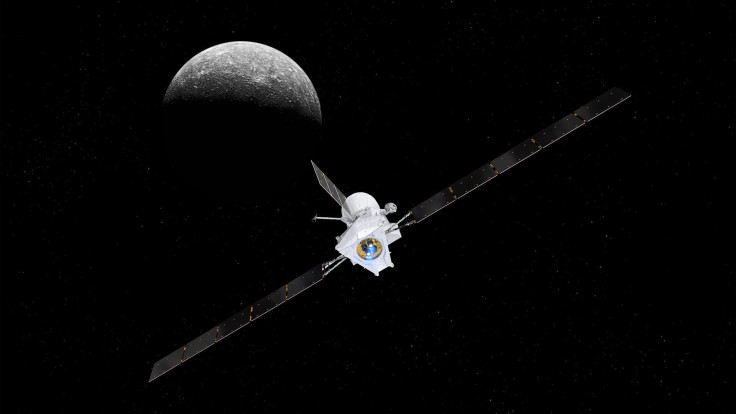ESA Releases Audio Recording Of Spacecraft’s Earth Flyby

KEY POINTS
- ESA released the audio recordings of BepiColombo's Earth flyby
- BepiColombo flew close to Earth for a slingshot maneuver
- Sounds produced by space and the spacecraft can be heard in the recordings
The European Space Agency (ESA) has released the audio recording of the BepiColombo spacecraft during its near-Earth flyby last month. As noted by the agency, sounds made by the spacecraft and other factors in space can be heard in the recording.
BepiColombo was launched through a collaborative effort between ESA and the Japan Aerospace Exploration Agency (JAXA). Its main mission is to study the planet Mercury from its orbit.
In order to reach Mercury, the spacecraft carried out a slingshot maneuver near Earth in April. To execute this maneuver, the spacecraft flew close to Earth in order to utilize its gravitational pull. BepiColombo then used Earth’s gravitational force to propel itself deeper into space.
According to the ESA, BepiColombo flew close to Earth from a distance of 256,393 kilometers to 129,488 kilometers on April 9. The entire maneuver lasted for about eight hours.
As the spacecraft was flying near Earth, BepiColombo was able to record the sounds it was making using its onboard Italian Spring Accelerometer (ISA). The original audio recorded by the instrument was inaudible to humans. It had to be enhanced by the ISA team in order for them to hear the recording.
According to ISA team member Carmelo Magnafico, the short recording features the vibrations and other sounds produced by BepiColombo as it approached Earth. He compared it to the sounds transmitted through the rails as a train approaches.
“What you are hearing is actually the sound of BepiColombo,” Magnafico said in a statement. “The vibrations caused by external and internal factors are transmitted into our accelerometer. It’s the same principle as when you put your ear on the rail to hear whether the train is coming.”
In another audio recording, BepiColombo’s sounds slightly change and soften. According to the ESA, the recorded was taken during the time when the spacecraft entered Earth’s shadow.
As the spacecraft escaped sunlight, the vibrations caused by the Sun’s heat on BepiColombo’s solar panels decreased.
“The solar panels, previously flexed by the Sun, then find a new balance. Upon exiting the shadow, we can hear the effect again,” Magnafico explained.
© Copyright IBTimes 2025. All rights reserved.





















